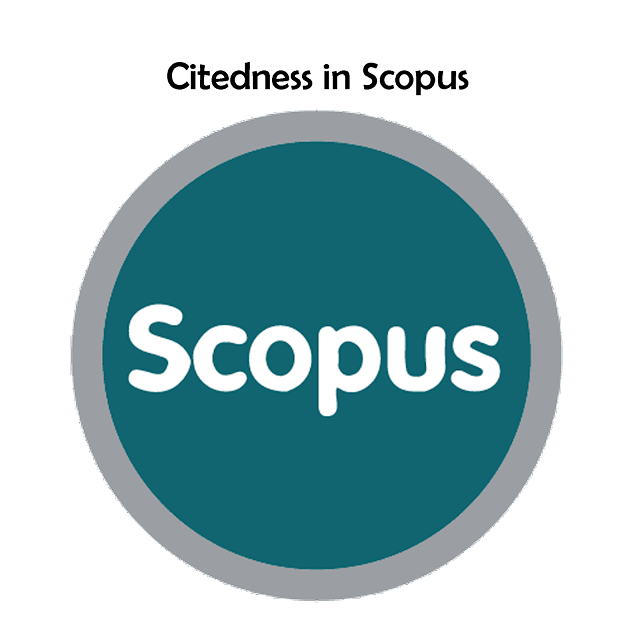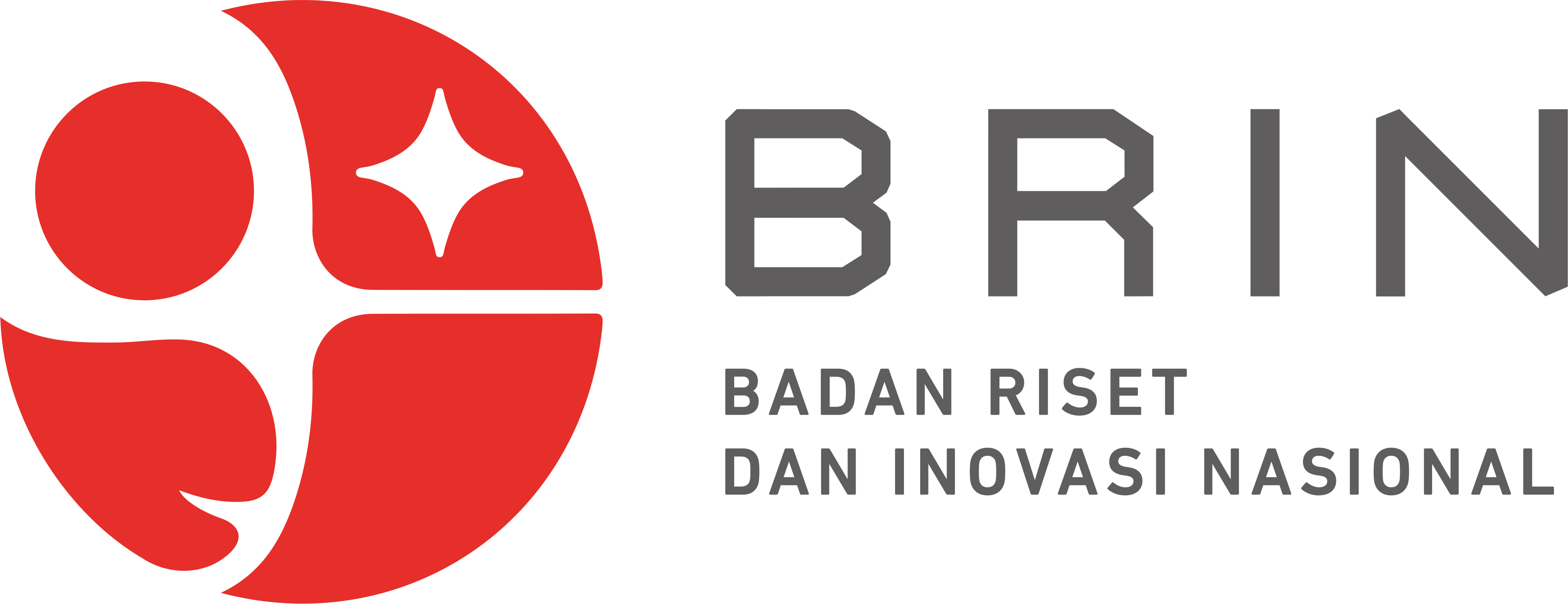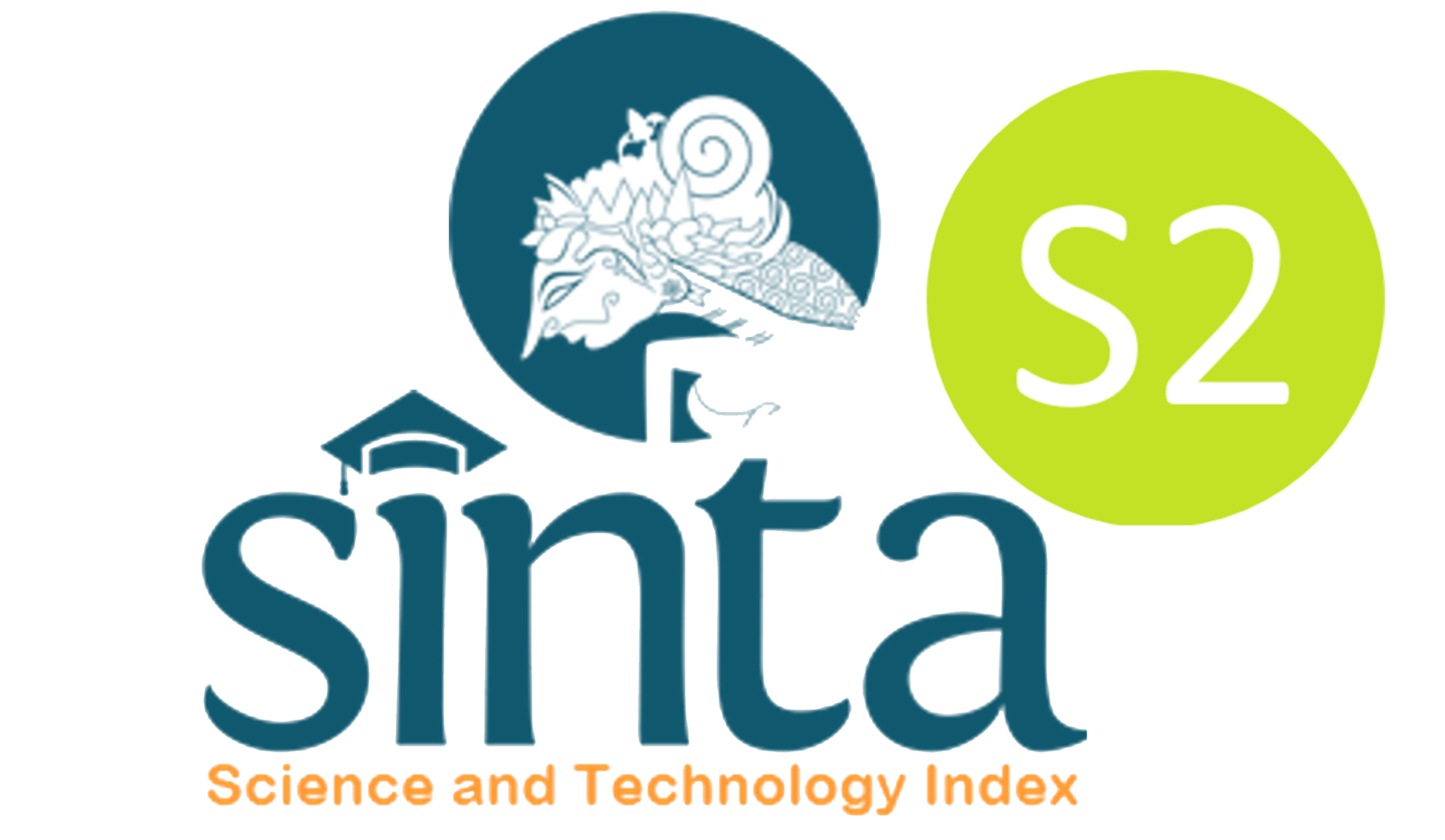Grouping the spread of the covid-19 virus based on the positive case number, population and area width using the k-means clustering method
Asep Muhidin(1*); Muhtajudin Danny(2); Elkin Rivali(3);
(1) Universitas Pelita Bangsa
(2) Universitas Pelita Bangsa
(3) Universitas Pelita Bangsa
(*) Corresponding Author
AbstractThe spread of the Covid-19 virus began to enter Indonesia in early 2020. Until now, the spread of the virus is still occurring in several parts of Indonesia, although it has begun to decline in many areas. ). The possibility of direct human contact depends on the number of confirmed positives, the population and the area. Therefore, this study looks for the characteristics of the city/district area group based on the population, area and number of residents who are confirmed positive for the Covid-19 virus using the K-Means Clustering method. The clustering process begins with finding the best number of clusters (K) using the elbow method and testing cluster members using the silhouette and davies-bouldin index methods. The best K value results obtained by the elbow method are 3 clusters (K=3). The results of K-Means Clustering with 3 clusters show that in cluster 1, a city or district with a small area with a large population, the number of positive COVID-19 residents is large. In cluster 2, a city or district with a small area, with a moderate population, the number of people who are positive for COVID-19 is small. And in cluster 3, a city or district with a large area, with a very small population, the number of positive COVID-19 residents tends to be moderate.
KeywordsClustering, Elbow, Davies-Bouldin Index, K-Means, Sillhouette.
|
Full Text:PDF |
Article MetricsAbstract view: 398 timesPDF view: 147 times |
Digital Object Identifier https://doi.org/10.33096/ilkom.v13i3.1011.314-321 https://doi.org/10.33096/ilkom.v13i3.1011.314-321
|
Cite |
References
Lipsitch, M., Swerdlow, D. L., & Finelli, L. (2020). Defining the epidemiology of Covid-19studies needed. New England journal of medicine, 382(13), 1194-1196.
AchmadYurianto, Direktorat Jenderal Pencegahan dan Pengendalian Penyakit https://www.kemkes.go.id/article/view/20030900003/pasien-positif-covid-19-menjadi-19-orang-kemenkes-fokus-pada-tracing-dan-tracking-contact.html
Desy Noor Permata Sari, YL. Sukestiyarno, Analisis Cluster dengan Metode K-Means pada Persebaran Kasus COVID-19 Berdasarkan Provinsi di Indonesia, PRISMA 4 (2021): 602-610, PRISMA, Prosiding Seminar Nasional Matematika
Michael J.A. Berry and Gordon S. Linoff, Data Mining Techniques, 2nd edition, wiley, 2004
Ediyanto, Novitasari Mara, M., & Satyahadewi, N. (2013). Pengklasifikasian Karakteristik Dengan Metode K-Means Cluster Analysis. Buletin Ilmiah Mat. Stat. Dan Terapannya (Bimaster), 02(2), 133136.
Taslim, T., & Fajrizal, F. (2016). Penerapan algorithma K-Mean untuk clustering data obat pada puskesmas rumbai. Jurnal Teknologi Informasi & Komunikasi Digital Zone, 7(2), 108-114.
Vasilios Zarikas, Stavros G.Poulopoulos, ZoeGareiou dan Efthimios Zervas(2020), Clustering Analysis of Countries using the COVID-19 Cases Dataset, Elsevier
Rizkiana Prima R., Yashintia Arien E., dan Sutikno (2020), Analisis Cluster Virus Corona (COVID-19) di Indonesia pada 2 Maret 2020 12 April 2020 dengan Metode K-Means Clustering , Fakultas Sains dan Analitika Data, Institut Teknologi Sepuluh Nopember (ITS)
Ahmad Husain Ardiansyah, Wisnu Nugroho, Nurul Hanifatul Alfiyah, Rahmat Aji Handoko,Muhammad Arfan Bakhtia, (2020), Penerapan Data Mining Menggunakan Metode Clustering untuk Menentukan Status Provinsi di Indonesia , Seminar Nasional Inovasi Teknolog, Teknik Informatika, Fakultas Teknik, Universitas Muhammadiyah Magelang
Lenny Budiarti, Tarno, Budi Warsito, Analisis Intervensi Dan Deteksi Outlier Pada Data Wisatawan Domestik, Jurnal Gaussian, Volume 2, Nomor 1, Tahun 2013, Halaman 39-48
Chusyairi A. and Saputra P. R. N., 2019, Pengelompokan Data Puskesmas Banyuwangi Dalam Pemberian Imunisasi Menggunakan Metode K-Means Clustering, Telematika, 12(2), pp. 139148, doi: 10.35671/telematika.v12i2.848.
Achmad Solichin, Khansa Khairunnisa, Klasterisasi Persebaran Virus Corona (Covid-19) Di DKI Jakarta Menggunakan Metode K-Means, Fountain of Informatics Journal Volume 5, No. 2, November 2020.
Ni Putu Eka Merliana, Ernawati, Alb. Joko Santoso, Analisa Penentuan Jumlah Cluster Terbaik Pada Metode K-Means Clustering, Prosiding Seminar Nasional Multi Disiplin Ilmu, ISBN: 978-979-3649-81-8
Putra A. K. P., dkk. 2015. Analisis Sistem Deteksi Anomali Trafik Menggunakan Algoritma CURE (Clustering Using Representatives) dengan Koefisien Silhouette dalam Validasi Clustering,. e-Proceeding of Engineering Vol.2, No.2, Page 3837.
Bernad Jumadi D. S., Peningkatan Hasil Evaluasi Clustering Davies-Bouldin Index Dengan Penentuan Titik Pusat Cluster Awal Algoritma K-Means, Tesis Program Studi S2 Teknik Informatika Fakultas Ilmu Komputer Dan Teknologi Informasi Universitas Sumatera Utara Medan 2018
Wagstaff, K., Cardie, C., Rogers, S., & Schrdl, S. (2001, June). Constrained k-means clustering with background knowledge. In Icml (Vol. 1, pp. 577-584).
Refbacks
- There are currently no refbacks.
Copyright (c) 2021 Asep Muhidin, Muhtajudin Danny, Elkin Rivali

This work is licensed under a Creative Commons Attribution-ShareAlike 4.0 International License.










